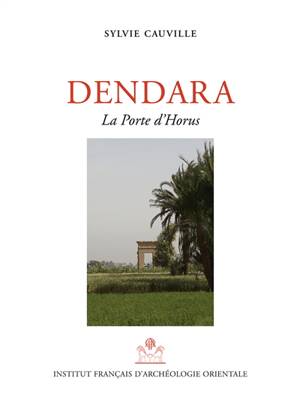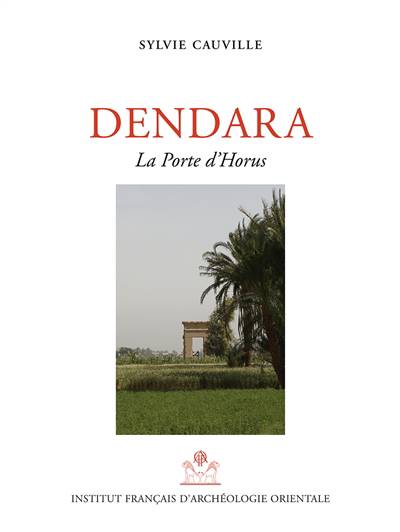
- Retrait gratuit dans votre magasin Club
- 7.000.000 titres dans notre catalogue
- Payer en toute sécurité
- Toujours un magasin près de chez vous
- Retrait gratuit dans votre magasin Club
- 7.000.000 titres dans notre catalogue
- Payer en toute sécurité
- Toujours un magasin près de chez vous
Description
La Porte d'Horus achève le cycle, bimillénaire, qui a vu Edfou et Dendara unis par les liens religieux les plus étroits. Le domaine auquel elle donnait accès constitue une enclave de la ville méridionale. Horus rejoint Hathor, tous deux célèbrent Osiris Pa-Âkhem à la quadruple essence, sous lequel se subsument Rê, Sokar, Horus et Osiris. Les textes indiquent que l'atelier osirien était placé dans le domaine d'Horus ; de là, les processions se rendaient dans la nécropole osirienne, théâtre des mystères de Khoiak.
Totalement inédits jusqu'à présent, les textes et représentations de la Porte d'Horus, décorée aux noms d'Antonin le Pieux (138-161 apr. J.-C.) et de Marc-Aurèle (161-180 apr. J.-C), constituent l'ultime production sacerdotale d'une ville déjà florissante à l'Ancien Empire.
The Horus Gate brings to a close the two-thousand-year-old cycle which saw Edfu and Dendara united by the closest religious ties. The domain to which it gave access constitutes an enclave within the southern city (Edfu). Horus joins Hathor, and both celebrate Osiris Pa-Akhem, in whose quadruple spirit are subsumed Re, Sokar, Horus, and Osiris. The texts indicate that the Osirian workshop was located in the domain of Horus ; from there, the processions went to the Osirian necropolis, the site where the mysteries of Khoiak were performed at Dendara.
Completely unpublished until now, the texts and representations from the Horus Gate, decorated in the names of Antoninus Pius (138-161 AD) and Marcus Aurelius (161-180 AD), constitute the final priestly production from a city already flourishing in the Old Kingdom.
Spécifications
Parties prenantes
- Auteur(s) :
- Editeur:
Contenu
- Nombre de pages :
- 168
- Langue:
- Français
- Collection :
Caractéristiques
- EAN:
- 9782724707953
- Date de parution :
- 12-08-21
- Format:
- Livre relié
- Format numérique:
- Genaaid
- Dimensions :
- 250 mm x 330 mm
- Poids :
- 944 g







